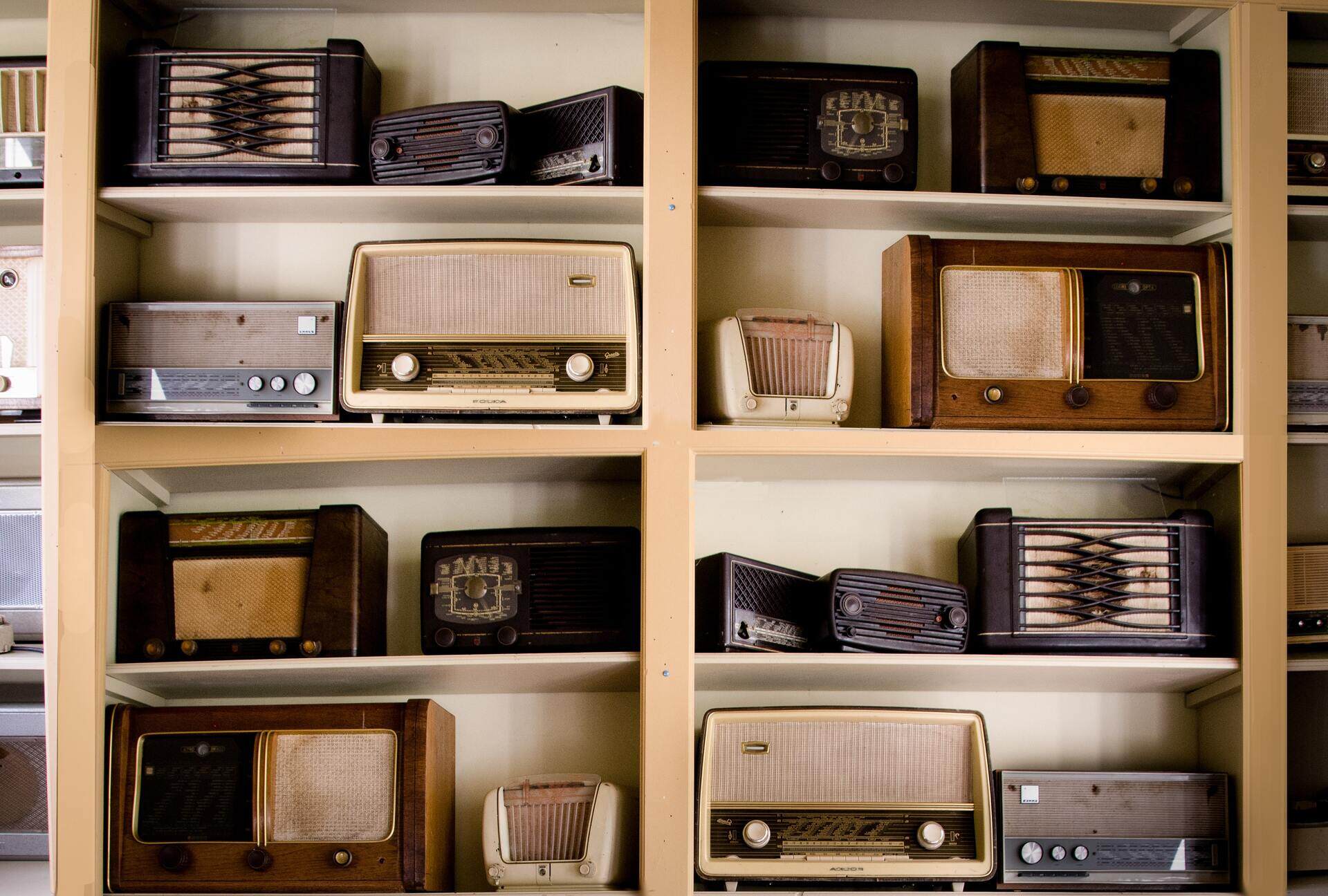

Articles
How To Store Collectibles
Modified: December 7, 2023
Discover the best methods for storing collectible articles in this comprehensive guide. Keep your valuables safe and well-organized with our expert tips.
(Many of the links in this article redirect to a specific reviewed product. Your purchase of these products through affiliate links helps to generate commission for Storables.com, at no extra cost. Learn more)
Introduction
Collectibles, whether they be stamps, coins, vintage toys, or sports memorabilia, hold a special place in the hearts of enthusiasts around the world. These cherished items often carry sentimental value and can even be significant investments. But to ensure their long-term preservation and to protect their value, proper storage is crucial.
In this article, we will explore the various aspects of storing collectibles, from choosing the right storage options to maintaining the ideal conditions for their preservation. So whether you are a seasoned collector or just starting out, read on to discover how to effectively store and protect your prized collectibles.
Key Takeaways:
- Proper storage is crucial for preserving collectibles. Choose the right storage, control temperature and humidity, protect from light damage, and implement effective organization methods to ensure longevity.
- Prioritize insurance coverage and security measures to protect your collectibles. Regular cleaning and maintenance are essential for preservation. Research and follow appropriate guidelines for care.
Read more: How To Store Collectible Toys
Choosing the Right Storage
When it comes to storing collectibles, one of the most important factors to consider is choosing the right storage option. The storage method you choose should be tailored to the specific needs of your collectibles, ensuring their safety and longevity.
Here are a few considerations to keep in mind when selecting the right storage solution:
- Material: Opt for storage options made from archival-quality materials, such as acid-free boxes or folders. These materials are designed to protect collectibles from harmful acids that can cause deterioration over time.
- Size and Space: Consider the size of your collectibles and the amount of space you have available. Make sure the storage option you choose can accommodate your collection and fits well in your storage area.
- Security: If your collectibles hold significant monetary or sentimental value, invest in secure storage options such as lockable display cases or safes. This will help protect them from theft or damage.
- Accessibility: Think about how frequently you need to access your collectibles. Opt for storage options that allow for easy retrieval without causing unnecessary handling and potential damage.
Remember, each collectible may have specific storage requirements, so it’s essential to research and understand the specific needs of your items to provide optimal storage conditions.
Temperature and Humidity Control
Controlling temperature and humidity levels is vital for the long-term preservation of collectibles. Fluctuations in temperature and humidity can lead to damage such as warping, cracking, mold growth, or corrosion. Here are some guidelines to maintain optimal conditions:
- Temperature: Aim for a stable temperature between 65°F and 75°F (18°C and 24°C). Extreme heat or cold can cause irreversible damage, so avoid storing collectibles in attics, basements, or areas prone to temperature changes.
- Humidity: Relative humidity (RH) should be kept between 45% and 55% to prevent issues like mold growth or paper degradation. Avoid storing in areas with high humidity, such as damp basements, or areas with low humidity, such as near heating vents.
- Dehumidifiers and Humidifiers: Consider using dehumidifiers or humidifiers to regulate humidity levels in your storage space. These devices can help maintain suitable conditions, especially in areas with extreme climates.
- Monitoring: Invest in a hygrometer to regularly monitor the temperature and humidity levels in your storage area. This will allow you to make any necessary adjustments to maintain optimal conditions.
By controlling temperature and humidity, you can minimize the risk of damage and ensure the longevity of your collectibles.
Protection from Light
Light exposure can cause fading, discoloration, and deterioration of collectibles over time. To protect your cherished items from light damage, consider the following tips:
- Avoid Direct Sunlight: Keep collectibles away from direct sunlight, as it contains harmful ultraviolet (UV) rays that can cause irreversible damage. If possible, store them in a room or cabinet with minimal exposure to natural light.
- Indirect Light: Even indirect light can cause fading, so it’s crucial to reduce overall light exposure. Use curtains, blinds, or UV-filtering window films to block out excess light and protect your collectibles.
- Lighting Options: If you have a display area for your collectibles, choose lighting fixtures that emit minimal UV radiation. LED lights are a good option as they produce little to no UV rays and generate less heat.
- Display Case Filters: Consider using display cases with UV-protective filters. These filters block out UV rays while still allowing your collectibles to be visible. Additionally, display cases can offer protection against dust, moisture, and accidental handling.
Preserving the original colors and condition of your collectibles is essential for their value and aesthetic appeal. By protecting them from light damage, you can ensure that they remain in excellent condition for years to come.
Organization Methods
Proper organization of your collectibles is key to maintaining their condition and making them easily accessible. Here are some organization methods to consider:
- Categorization: Start by categorizing your collectibles based on their type, theme, or any other relevant criteria. This will make it easier to locate specific items and create a logical system for storage.
- Labeling: Use labels or tags to identify each storage container or shelf. Clearly marking the contents will save time and prevent unnecessary handling and potential damage.
- Dividers and Inserts: Utilize dividers, inserts, or compartments within storage containers to keep items separated and prevent them from touching or scratching each other.
- Inventory List or Database: Keep a detailed inventory list or use a digital database to record information about each collectible, including its condition, value, and location. This will help you keep track of your collection and make it easier to find specific items when needed.
- Arrangement: Arrange your collectibles in a way that maximizes space utilization and minimizes physical strain when retrieving or handling them. Consider factors such as weight, fragility, and accessibility when deciding on the placement of each item.
By implementing effective organization methods, you can ensure that your collectibles are stored safely and efficiently, making them easy to find and enjoy.
Store collectibles in a cool, dry place away from direct sunlight to prevent fading and damage. Use acid-free materials for storage to prevent deterioration.
Read more: How To Store A Coin Collection
Display vs. Storage
When it comes to showcasing your collectibles, you may have to decide between displaying them or keeping them in storage. Both options have their advantages and considerations.
Display:
Displaying your collectibles allows you to enjoy them visually and share them with others. However, there are a few things to keep in mind:
- Protection: Make sure to choose display options that provide adequate protection from dust, UV light, and handling. Display cases or shelves with clear covers can help safeguard your collectibles while still allowing them to be seen.
- Space: Displaying collectibles requires ample space and careful arrangement. Ensure that you have sufficient room to showcase your items without overcrowding or risking accidental damage.
- Maintenance: Regular cleaning and dusting are essential when displaying collectibles. Keep in mind that items exposed to open air are more susceptible to dust accumulation and potential wear over time.
Storage:
Opting for storage allows for better protection and preservation of your collectibles. Here are a few advantages:
- Long-Term Preservation: By storing your collectibles in suitable containers or archival materials, you can minimize exposure to light, dust, and handling, prolonging their lifespan.
- Space Efficiency: Storage solutions often maximize space utilization, allowing you to store more collectibles in a smaller area. This can be particularly beneficial if you have limited storage space.
- Reduced Maintenance: Keeping collectibles in storage reduces the need for frequent cleaning and dusting. It helps maintain the items in their original condition, especially for rare or fragile pieces.
Ultimately, the decision between display and storage depends on your personal preferences, the nature of your collectibles, and the space available. You can strike a balance by rotating items in and out of display while ensuring the rest are safely stored.
Common Mistakes to Avoid
When it comes to storing collectibles, there are several common mistakes that collectors often make. Being aware of these pitfalls can help you avoid potential damage and preserve the value of your prized items. Here are some common mistakes to avoid:
- Poor Quality Storage Materials: Using subpar storage materials can lead to damage over time. Avoid materials that are acidic or contain harmful chemicals. Invest in quality, archival-safe storage options to provide the best protection for your collectibles.
- Improper Handling: Mishandling collectibles can result in scratches, tears, or even irreversible damage. Always handle items with clean hands, and use appropriate tools or gloves if necessary. Avoid touching the surface of delicate items directly.
- Overstuffing Storage: Cramming too many collectibles into a storage space can lead to damage from pressure, rubbing, or accidental knocking over. Ensure that there is enough space for each item to be safely stored without overcrowding.
- Neglecting Cleaning and Maintenance: Regular cleaning and maintenance are essential for the preservation of collectibles. Dust, dirt, and other contaminants can accumulate over time, leading to discoloration or deterioration. Establish a cleaning routine and follow proper methods for maintaining your items.
- Ignoring Environmental Factors: Failing to consider factors such as temperature, humidity, and exposure to light can have detrimental effects on the condition of your collectibles. Be mindful of the environment in which you store your items and take appropriate measures to control these factors.
- Not Insuring Collectibles: Accidents, theft, or natural disasters can unexpectedly damage or destroy your collectibles. It’s important to have proper insurance coverage to protect your investment in case of unforeseen events.
Avoiding these common mistakes will help ensure the longevity and preservation of your collectibles, allowing you to continue enjoying them for years to come.
Cleaning and Maintenance
Cleaning and regular maintenance are crucial for the proper care and preservation of collectibles. However, it’s important to approach cleaning with caution to avoid accidental damage. Here are some tips for cleaning and maintaining your collectibles:
- Research: Before cleaning any collectible, research the recommended cleaning methods for that specific item. Some materials or finishes may require specialized cleaning techniques to avoid damage.
- Gentle Cleaning: Use soft, lint-free cloths or brushes specifically designed for delicate surfaces. Avoid harsh chemicals or abrasive cleaners that can cause scratches or discoloration.
- Handling: Minimize handling of collectibles as much as possible. Touching items with bare hands can transfer oils and dirt, potentially causing damage or degradation over time. Wear gloves when handling sensitive or valuable items.
- Dust Removal: Dust your collectibles regularly with a soft brush or a microfiber cloth. Be gentle to avoid accidental bumps or knocking over fragile pieces. Vacuum with a brush attachment for larger items or hard-to-reach areas.
- Stains and Spills: Address stains or spills promptly to prevent permanent damage. Follow specific cleaning instructions or consult a professional conservator for specialized treatments if needed.
- Storage Environment: Maintain a clean storage environment to reduce dust or dirt buildup. Regularly clean shelves, display cases, and storage containers to ensure a pristine space for your collectibles.
- Inspect Regularly: Periodically inspect your collectibles for signs of damage or deterioration, such as discoloration, mold growth, or loose parts. Early detection allows for timely restoration or preservation measures.
Remember, each collectible may have unique cleaning requirements, so it’s important to approach cleaning with care and follow appropriate guidelines to preserve their condition.
Insurance and Security
When it comes to protecting your collectibles, it’s essential to consider both insurance coverage and security measures. Here’s what you need to know:
Insurance Coverage:
Insuring your collectibles is crucial to safeguarding their value and providing financial protection in case of loss or damage. Consider the following steps:
- Appraisal: Obtain professional appraisals to determine the value of your collectibles. This will ensure that you have accurate documentation for insurance purposes.
- Insurance Policies: Research and select an insurance policy that specifically covers collectibles. Standard homeowners or renters insurance policies may not fully protect high-value or rare items.
- Valuation Updates: Regularly update your appraisal and insurance coverage as the value of your collectibles may change over time. This will ensure that you are adequately covered.
- Documentation: Keep a detailed inventory of your collectibles, including photographs and receipts, as evidence of ownership and value. Store this documentation in a safe and accessible location.
Security Measures:
Implementing proper security measures is crucial for the safety of your collectibles, particularly if they hold significant monetary or sentimental value:
- Secure Storage: Store high-value collectibles in secure areas such as lockable display cases or safes. Consider installing a security system or using a reputable storage facility for added protection.
- Alarm Systems: Install security alarms and motion sensors that will alert you or the authorities in case of unauthorized access or movement of your collectibles.
- Inventory Checks: Regularly conduct inventory checks to ensure that all your collectibles are accounted for. This will help identify any missing items or potential security breaches.
- Access Control: Limit access to your collection and ensure that only trusted individuals have permission to handle or view your collectibles. This can minimize the risk of accidental damage or unauthorized removal.
By obtaining the right insurance coverage and implementing proper security measures, you can enjoy peace of mind knowing that your collectibles are adequately protected.
Read more: How To Store Sticker Collection
Conclusion
Proper storage is essential for preserving the condition and value of your collectibles. By choosing the right storage options, controlling temperature and humidity, protecting against light damage, utilizing effective organization methods, and avoiding common mistakes, you can ensure the longevity of your prized items.
Whether you decide to display your collectibles or keep them in storage, it’s important to prioritize their protection. Regular cleaning and maintenance, along with proper insurance coverage and security measures, will further safeguard your collectibles from damage or loss.
Remember to research the specific needs of your collectibles and follow appropriate guidelines for their care. Stay informed about best practices and seek professional advice when needed, especially for delicate or valuable items.
By implementing these strategies, you can ensure that your collectibles continue to bring you joy and hold their value for generations to come. Start taking the necessary steps today to create a safe and organized storage environment for your beloved collectibles.
Frequently Asked Questions about How To Store Collectibles
Was this page helpful?
At Storables.com, we guarantee accurate and reliable information. Our content, validated by Expert Board Contributors, is crafted following stringent Editorial Policies. We're committed to providing you with well-researched, expert-backed insights for all your informational needs.
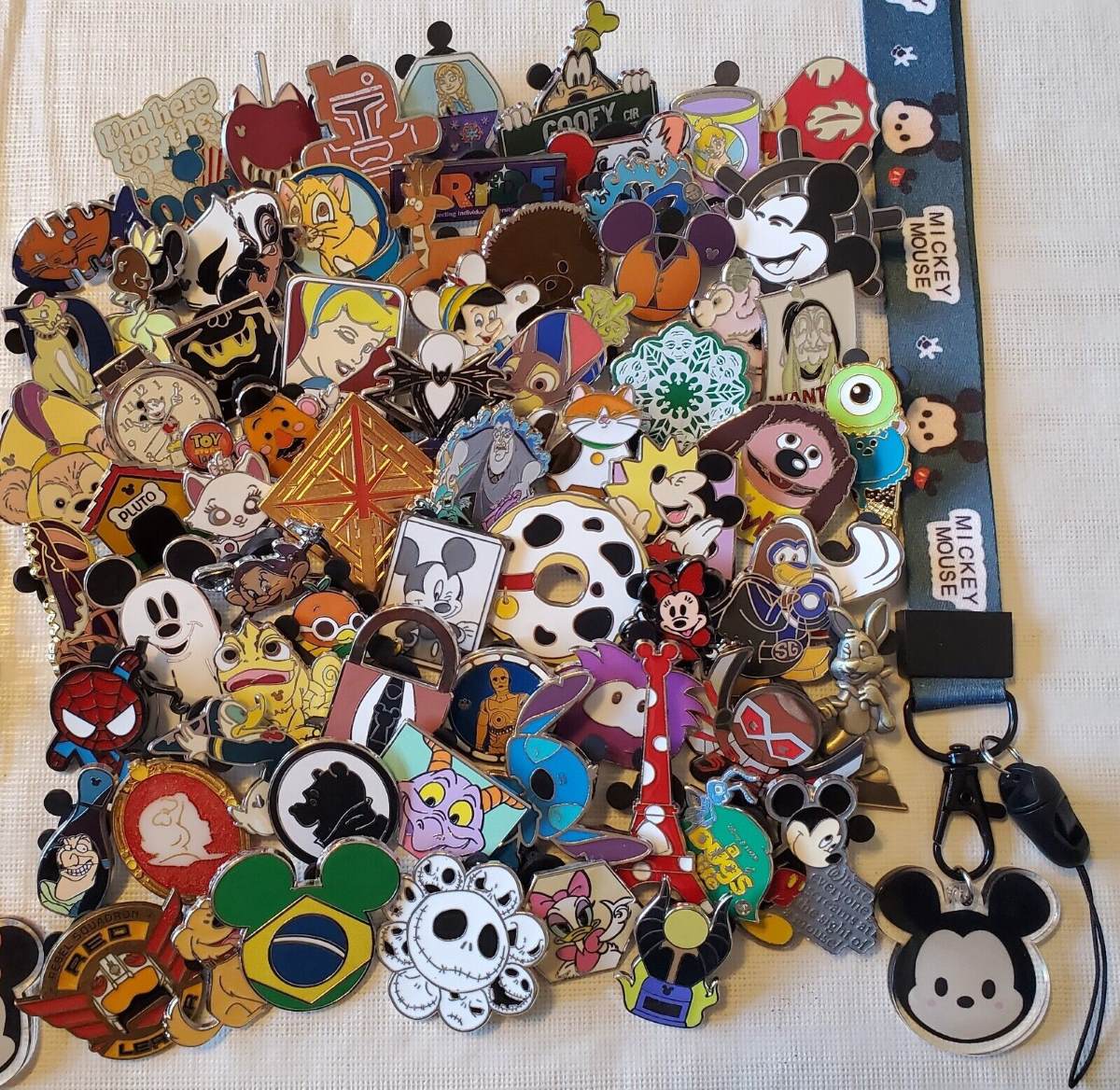
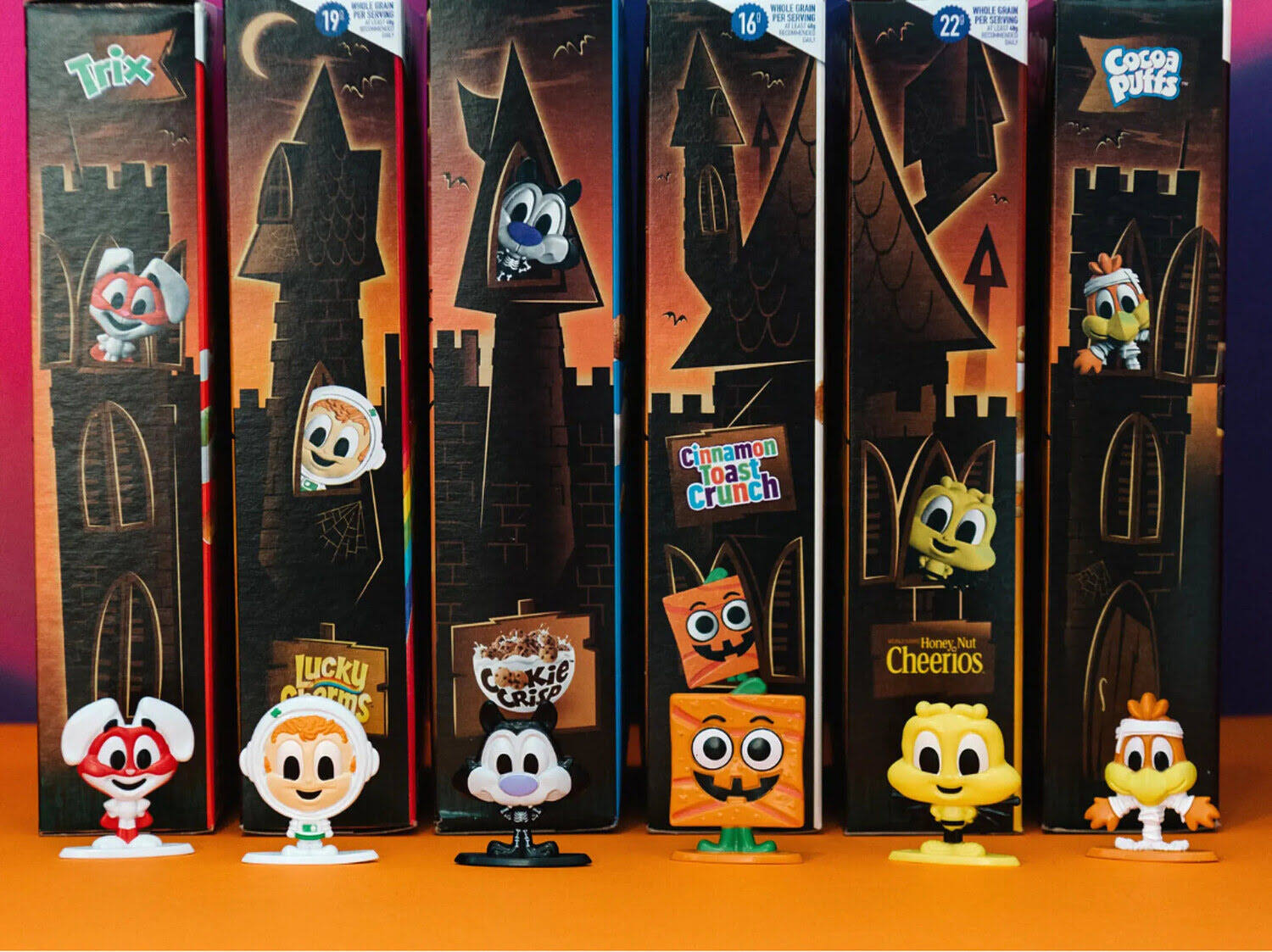
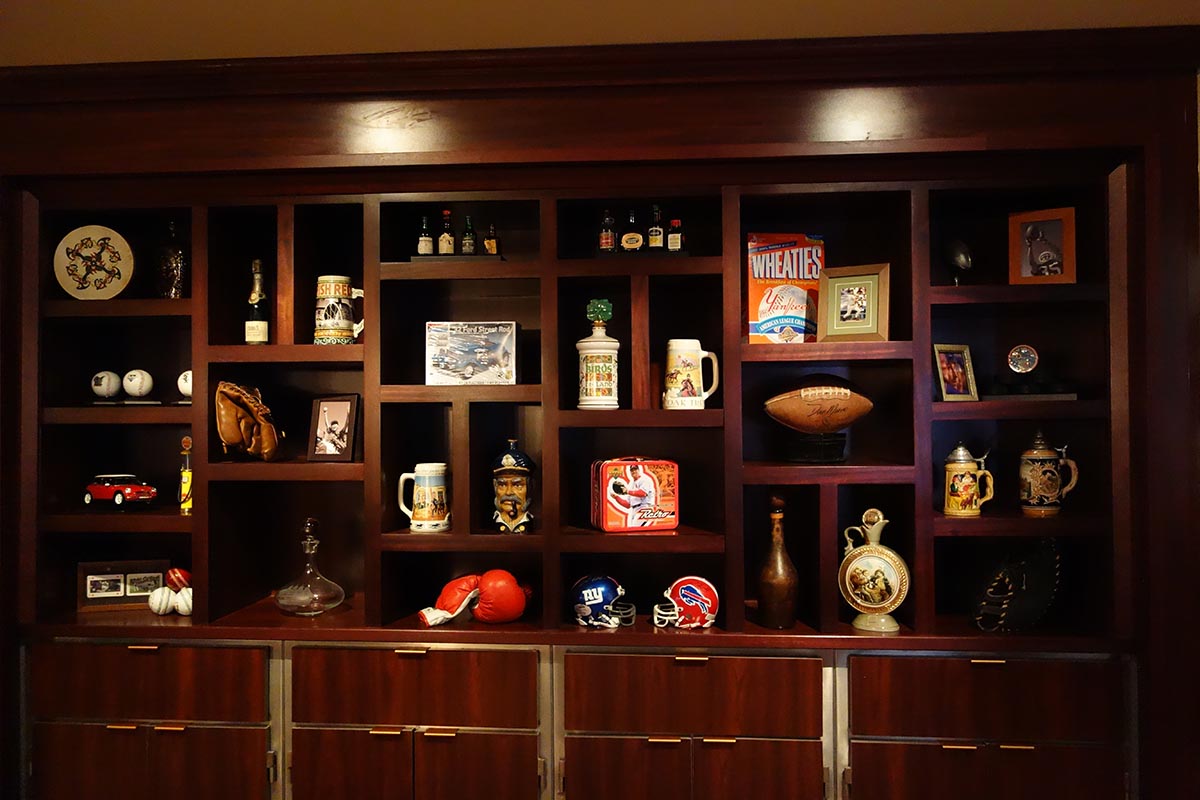
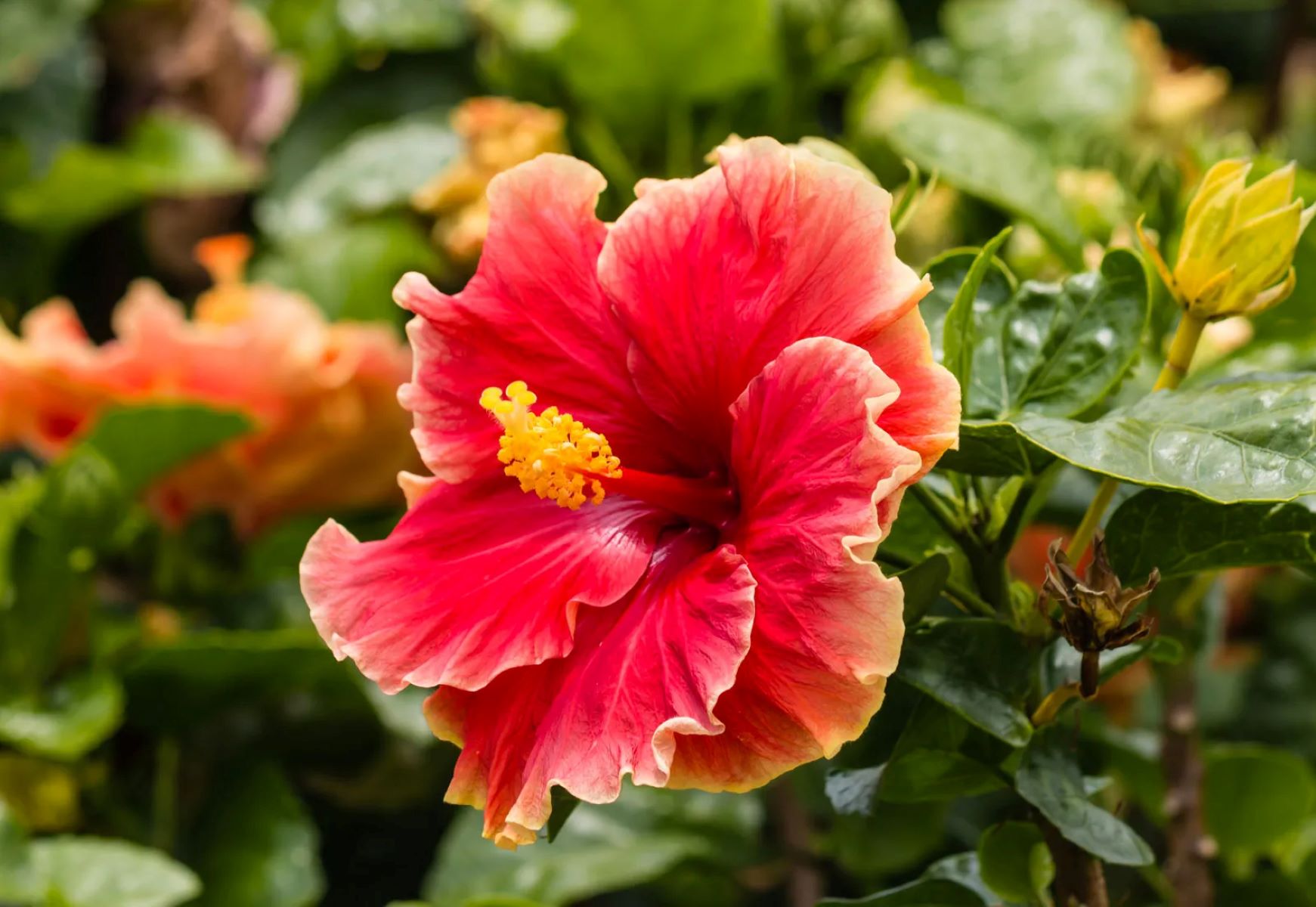
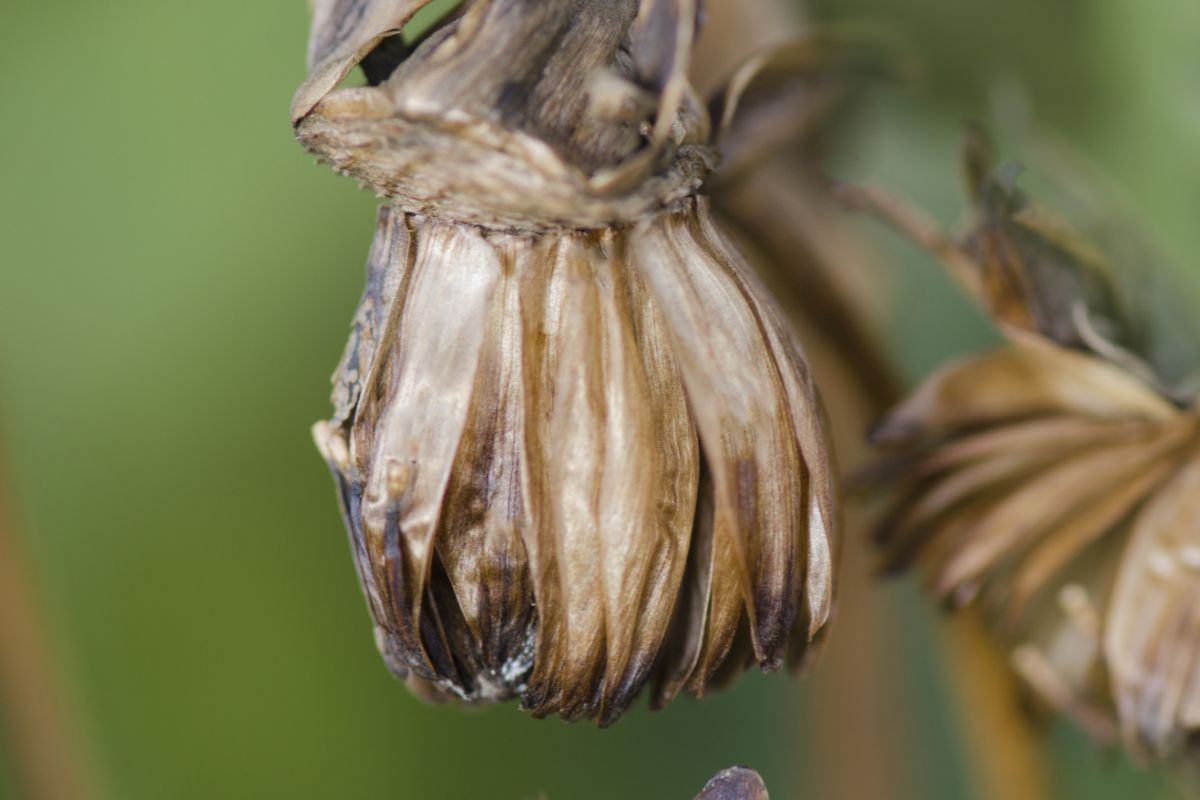
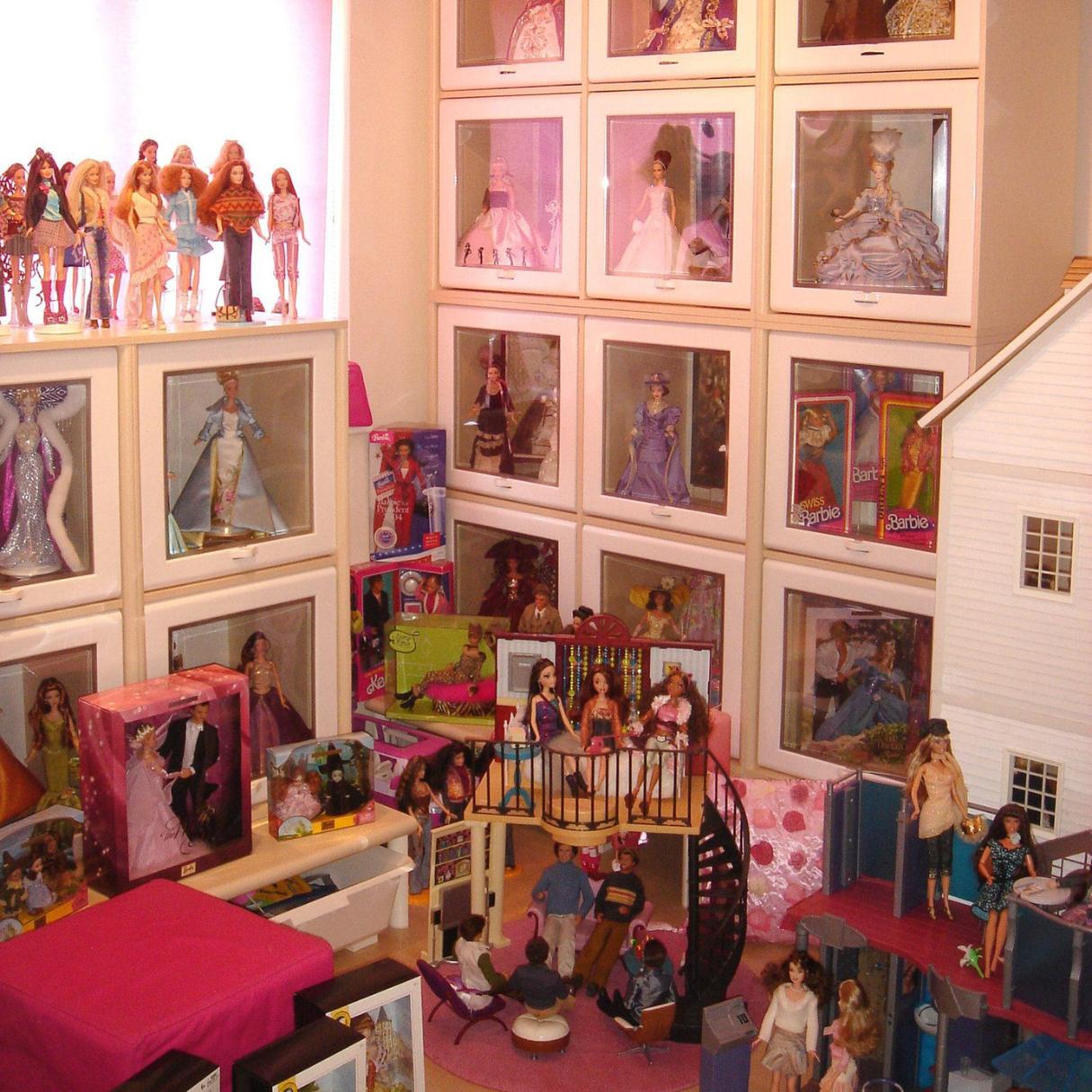
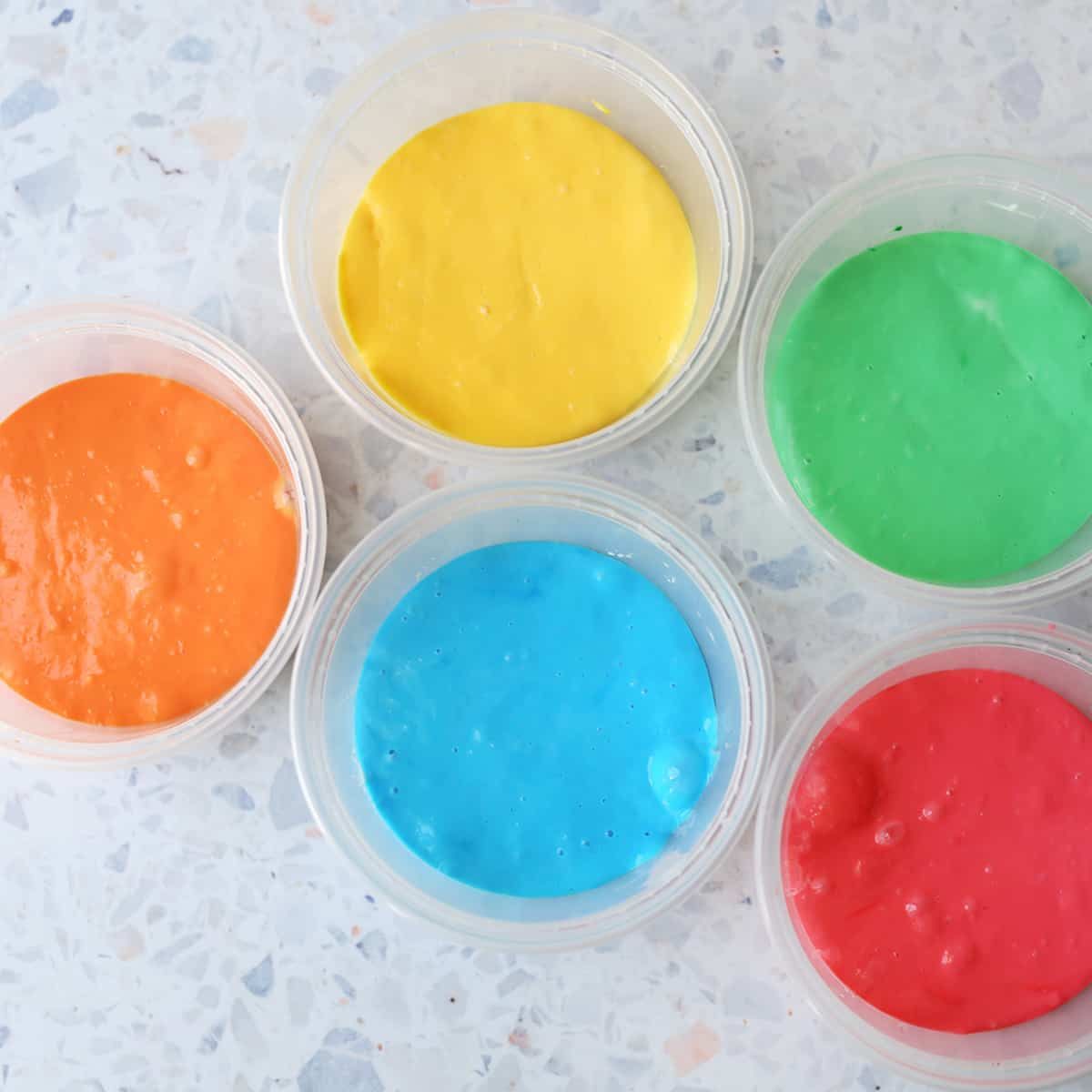
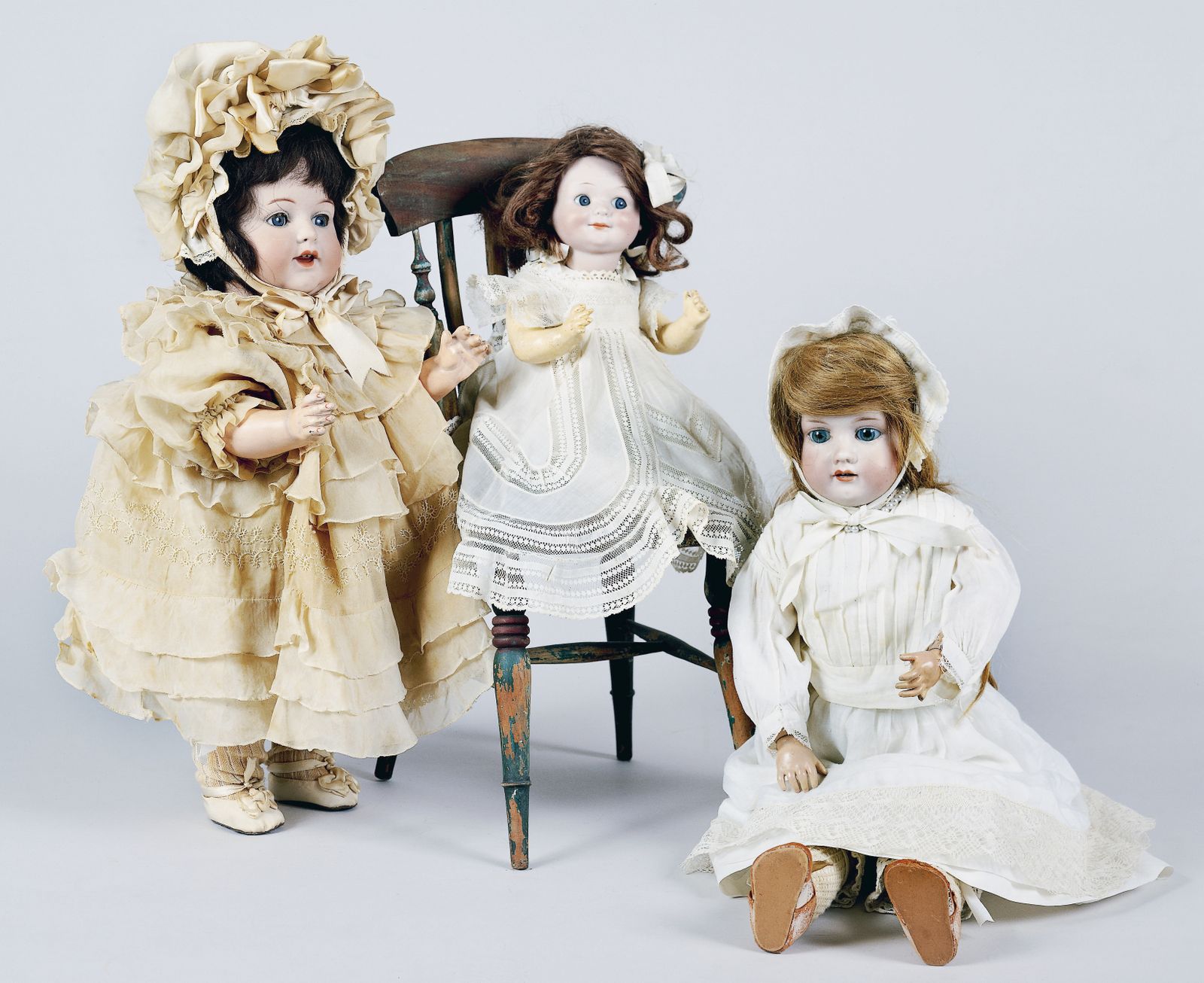
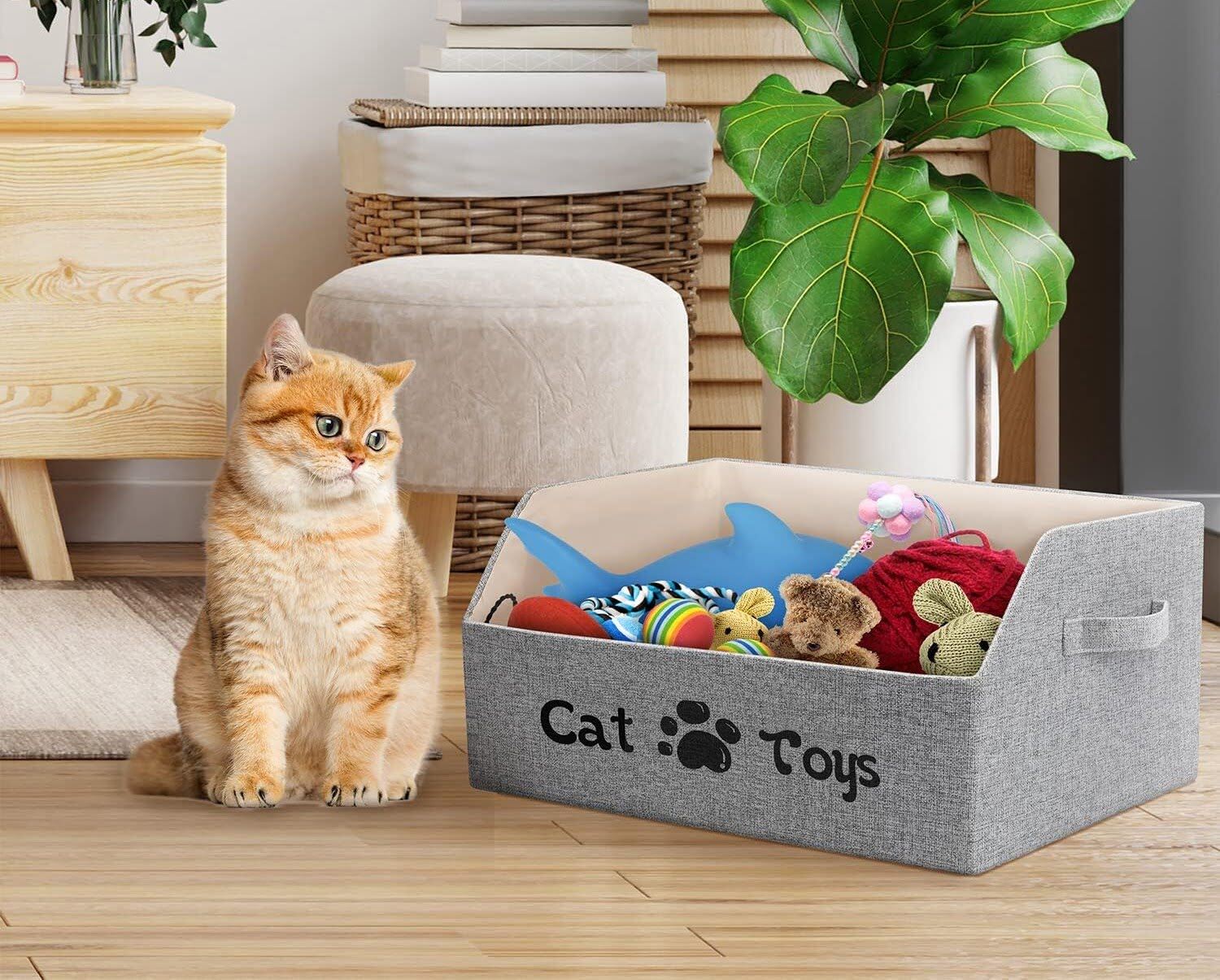
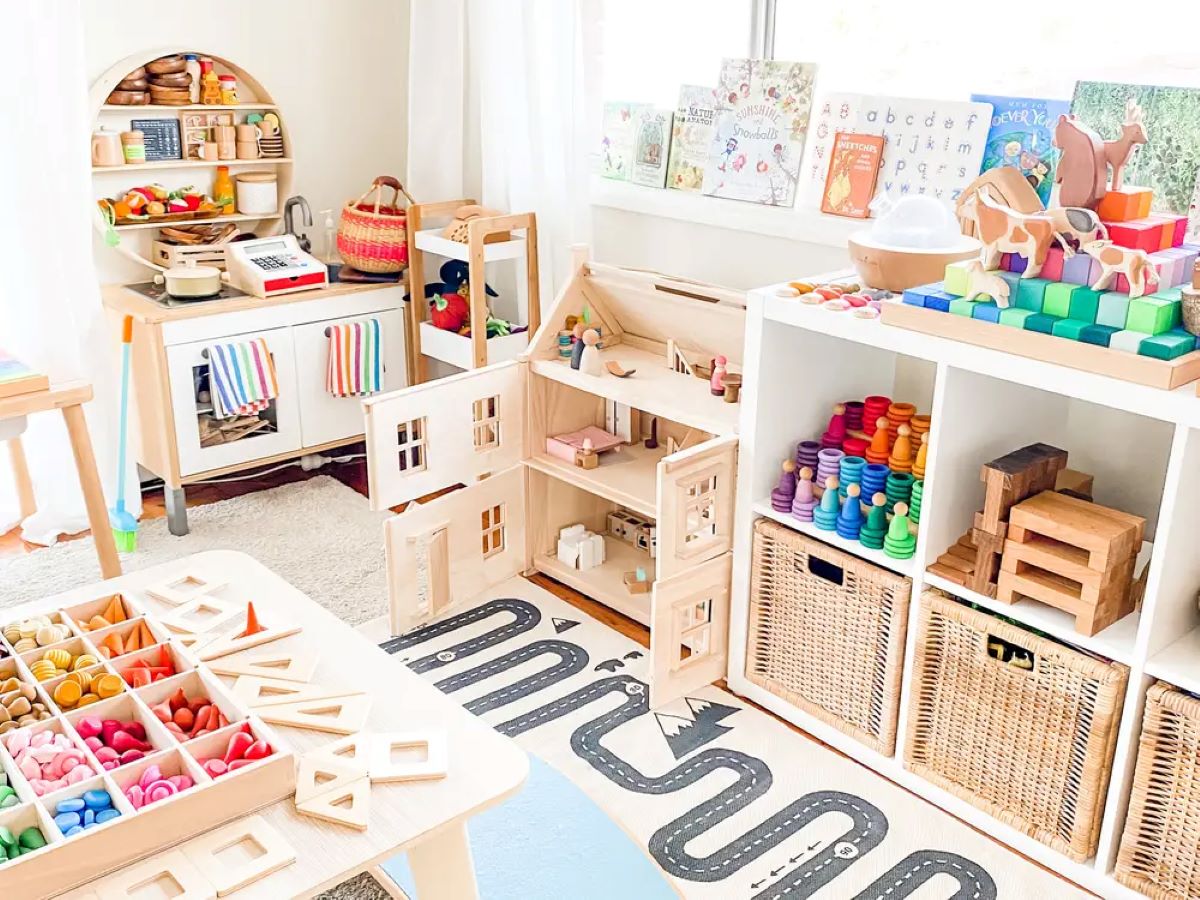
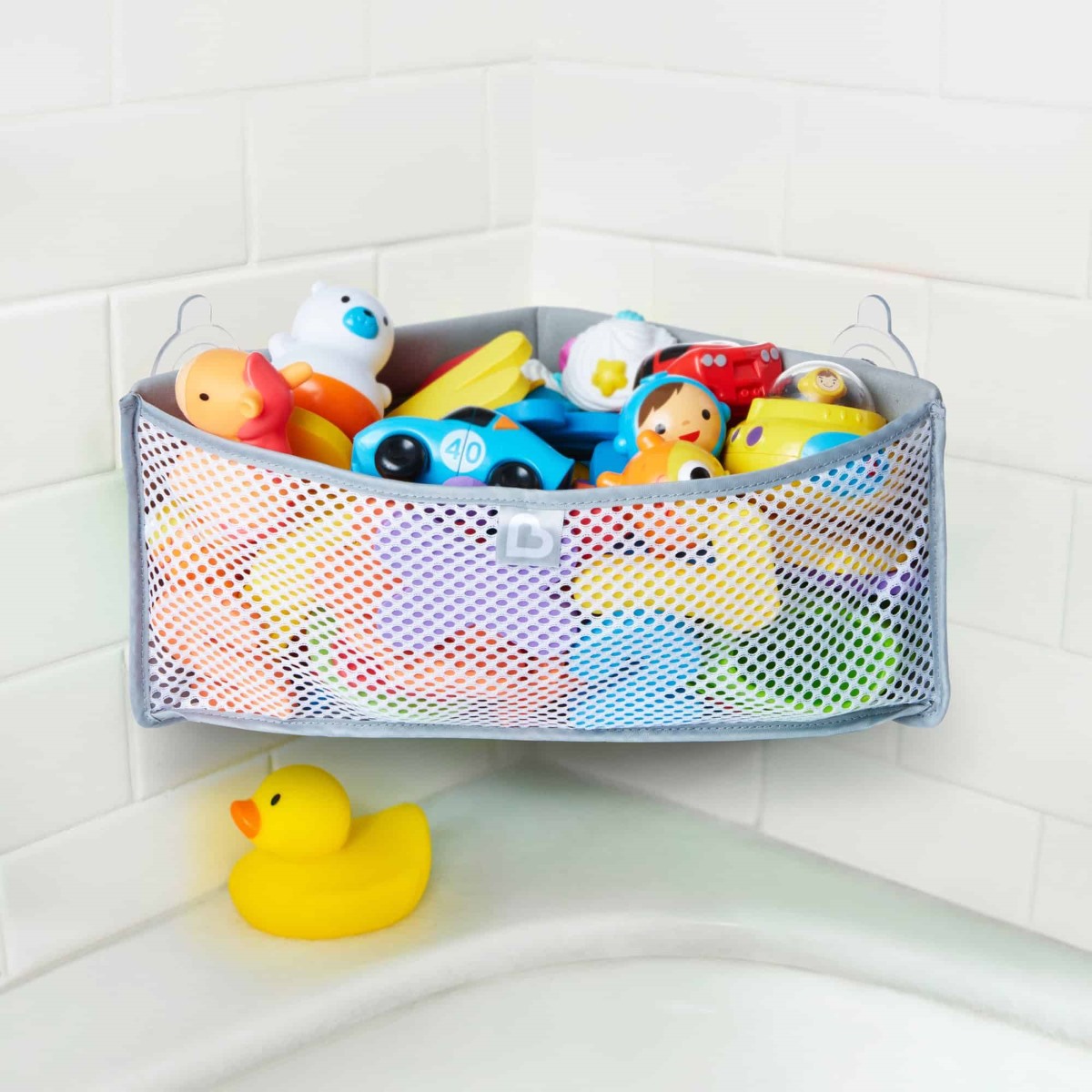

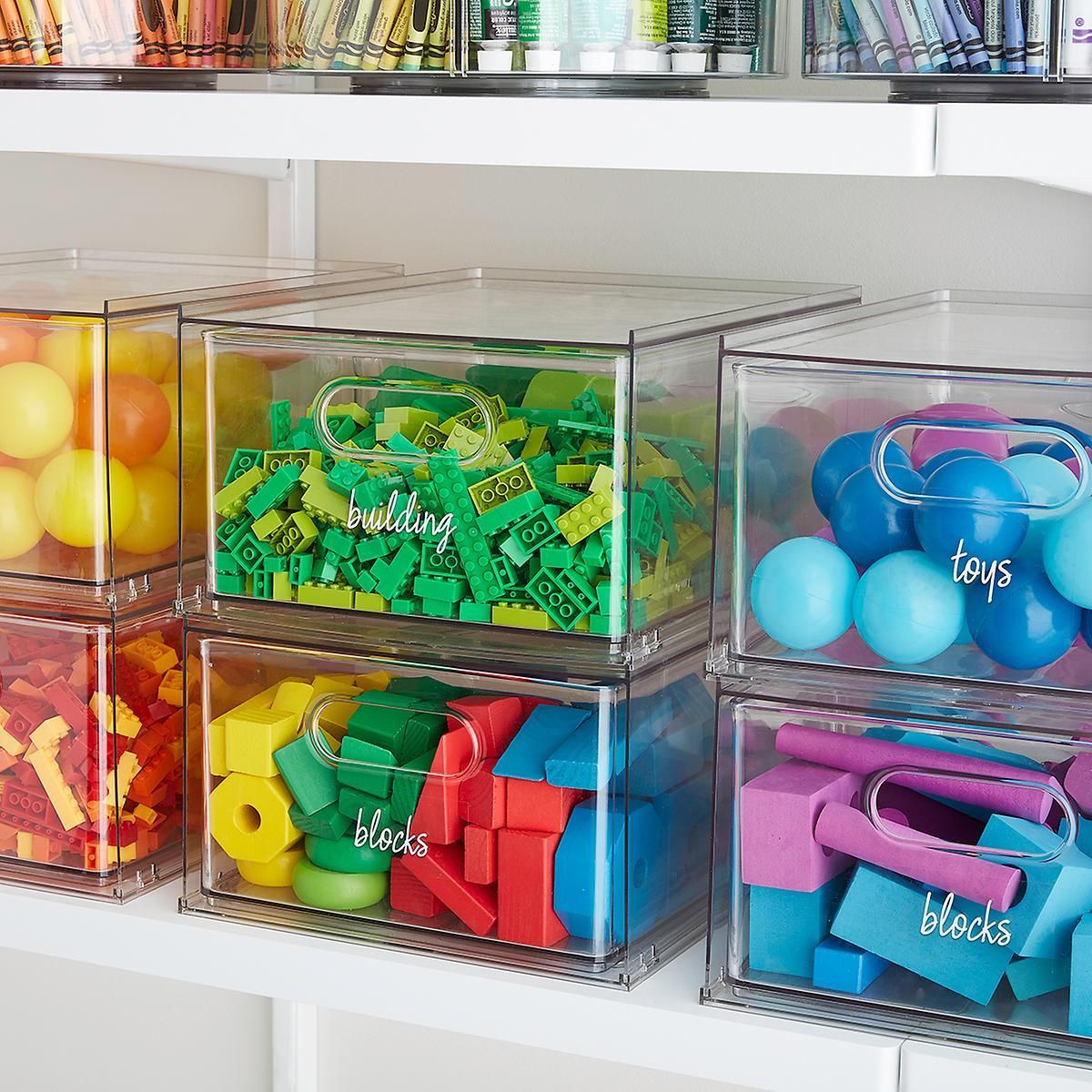

0 thoughts on “How To Store Collectibles”